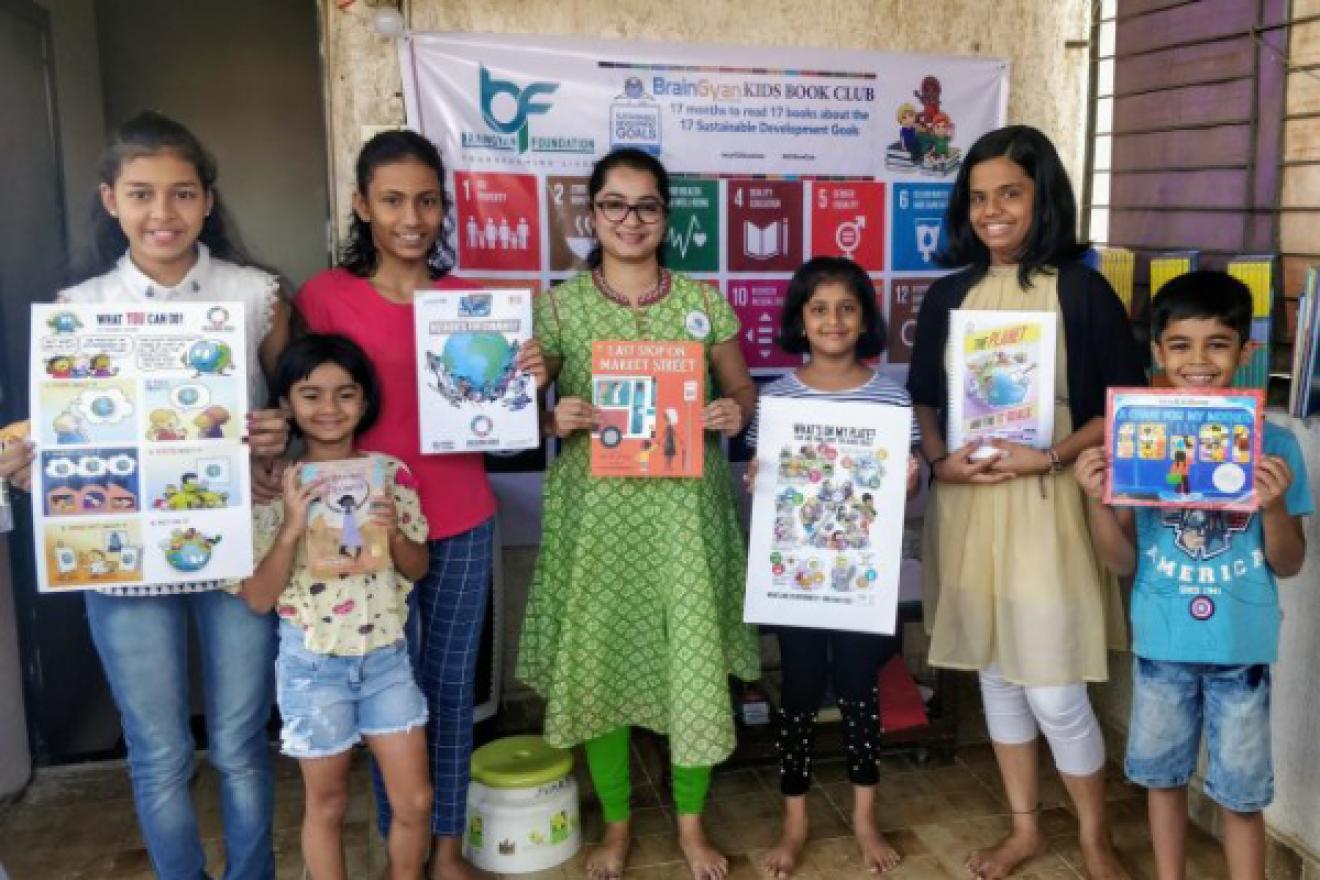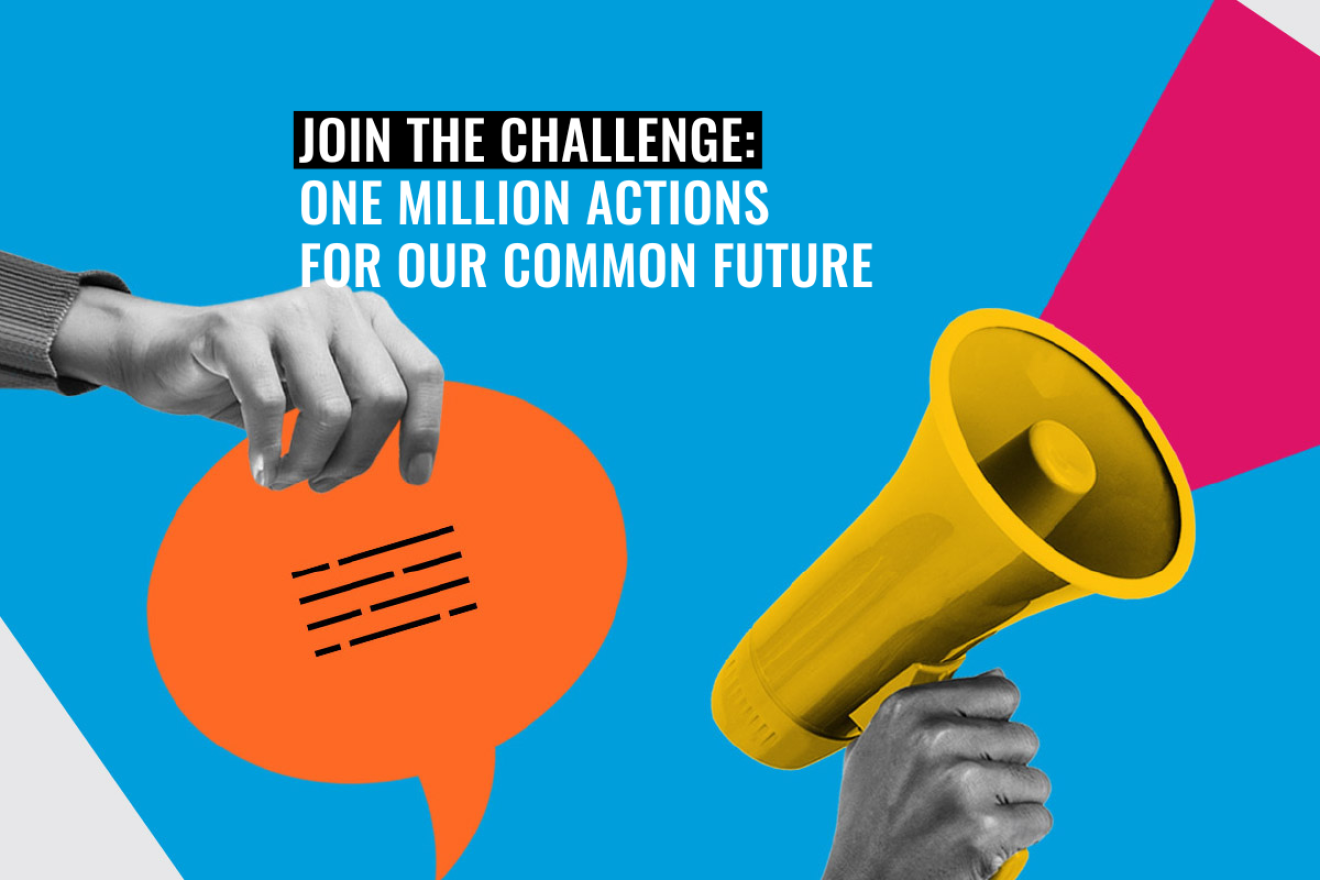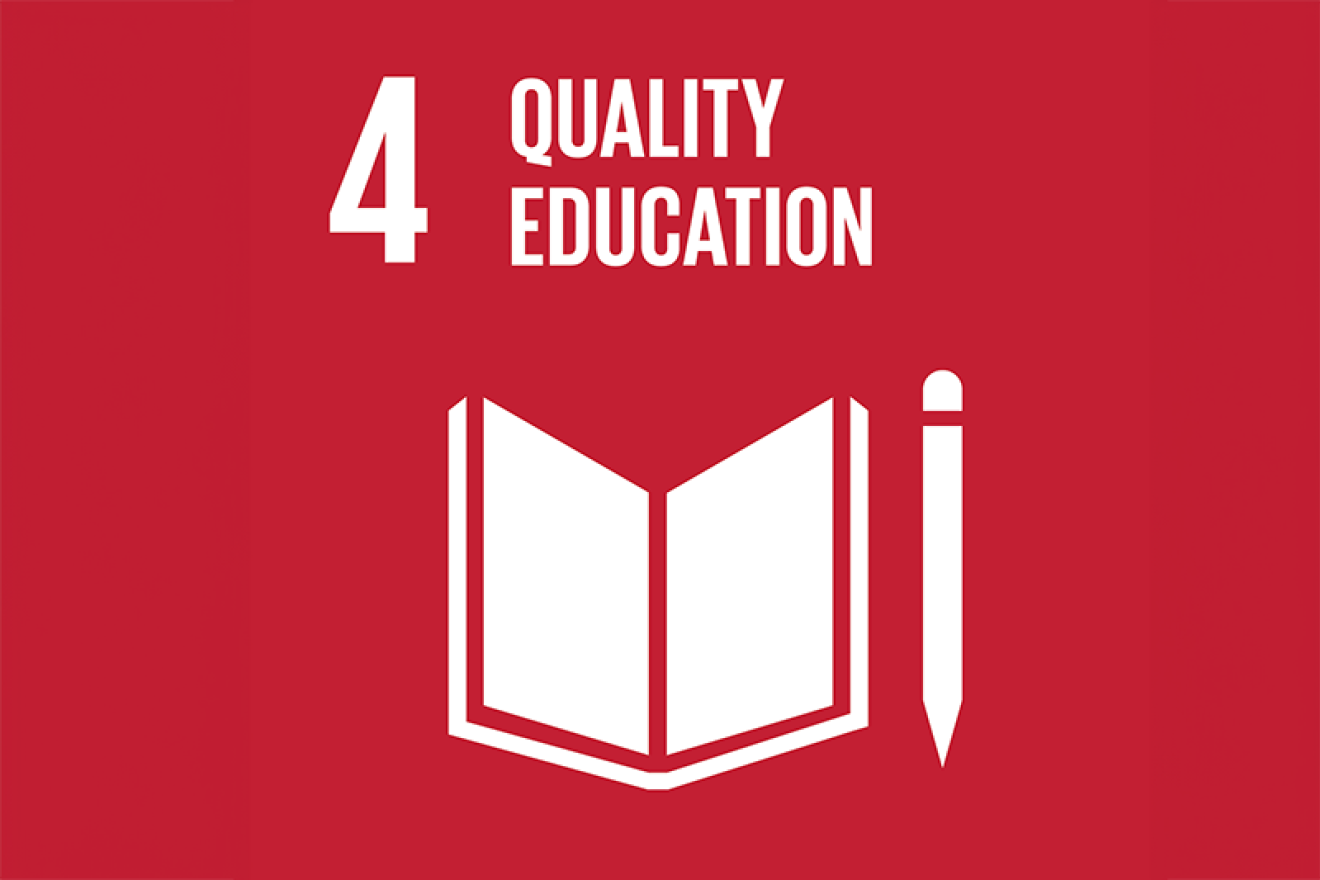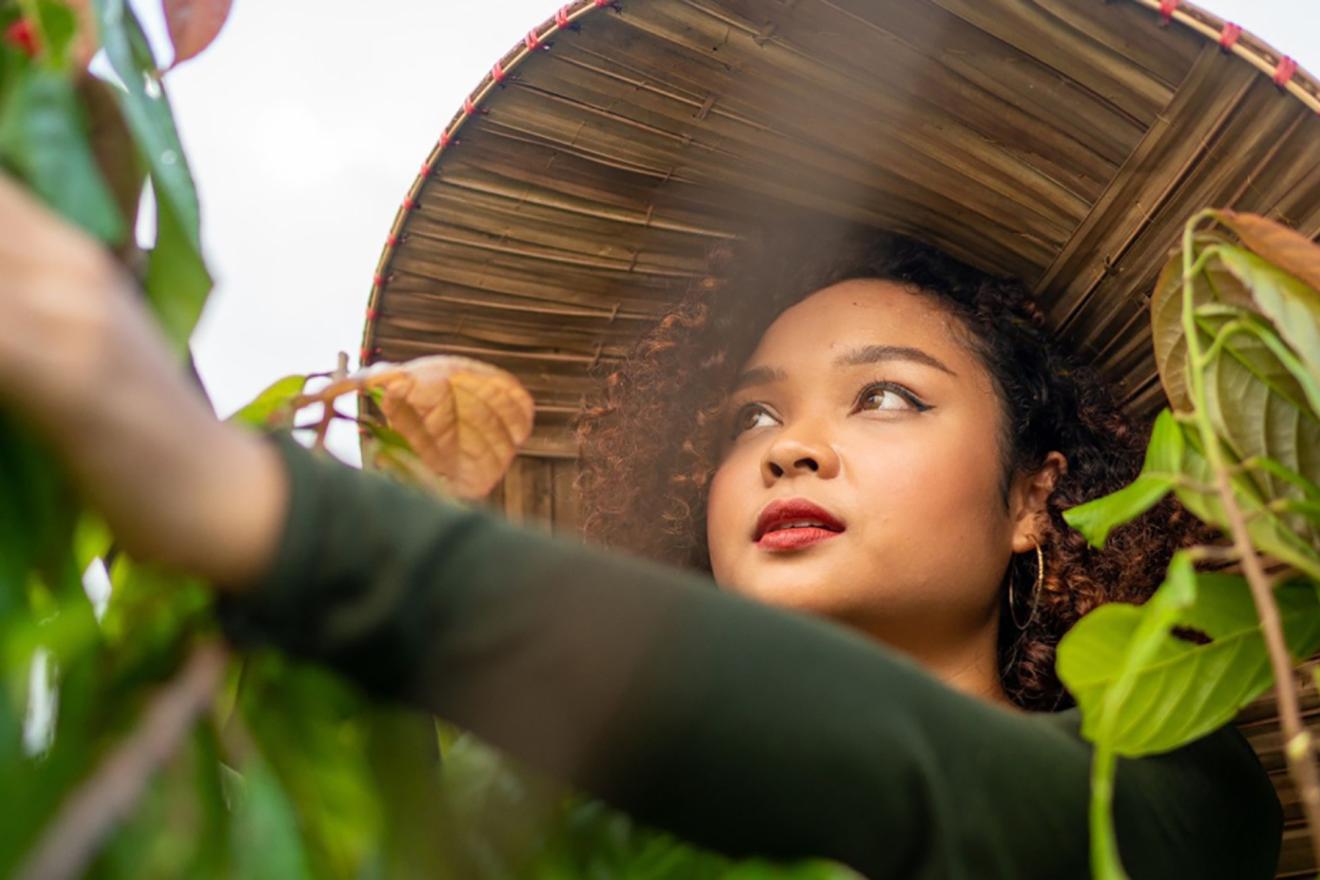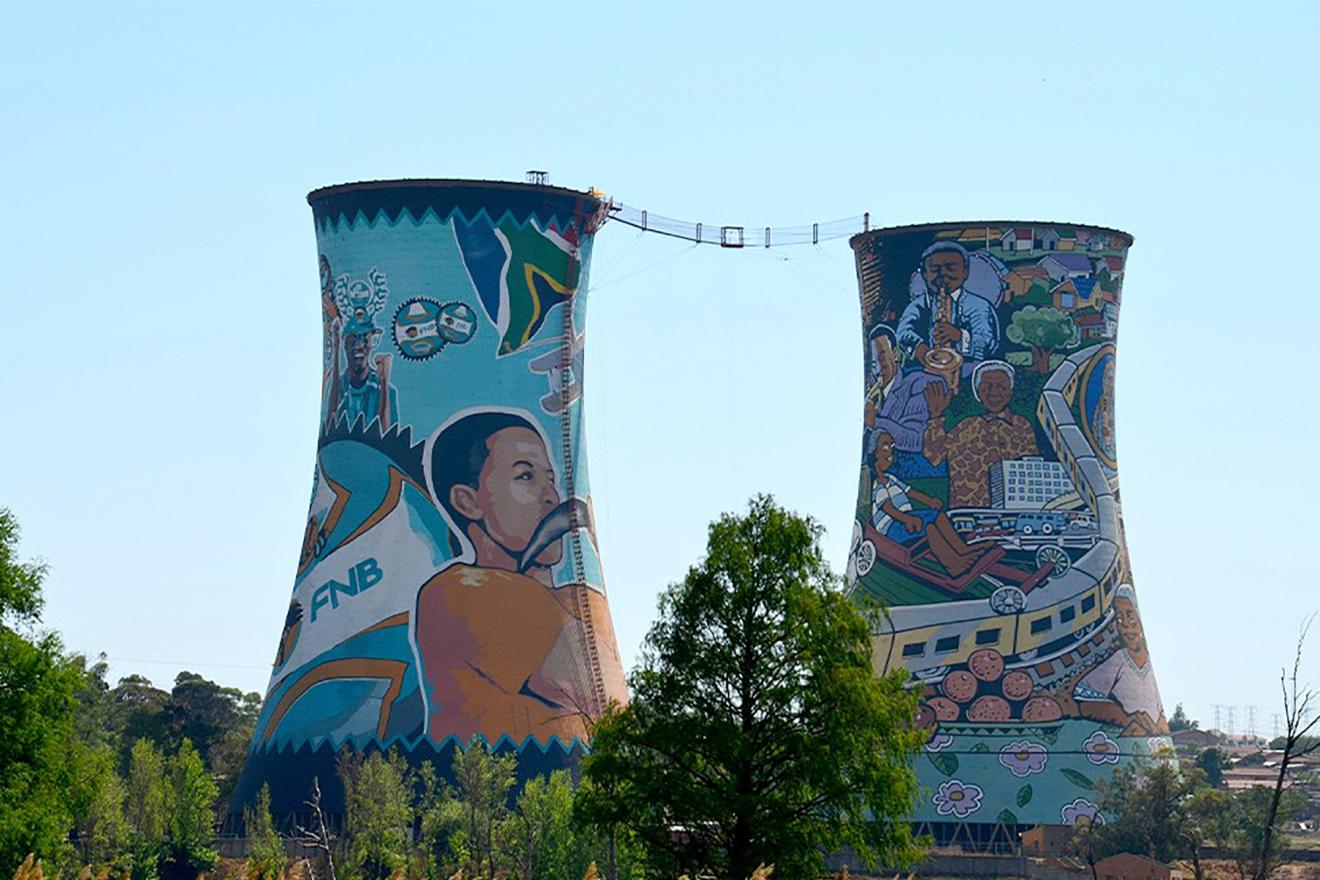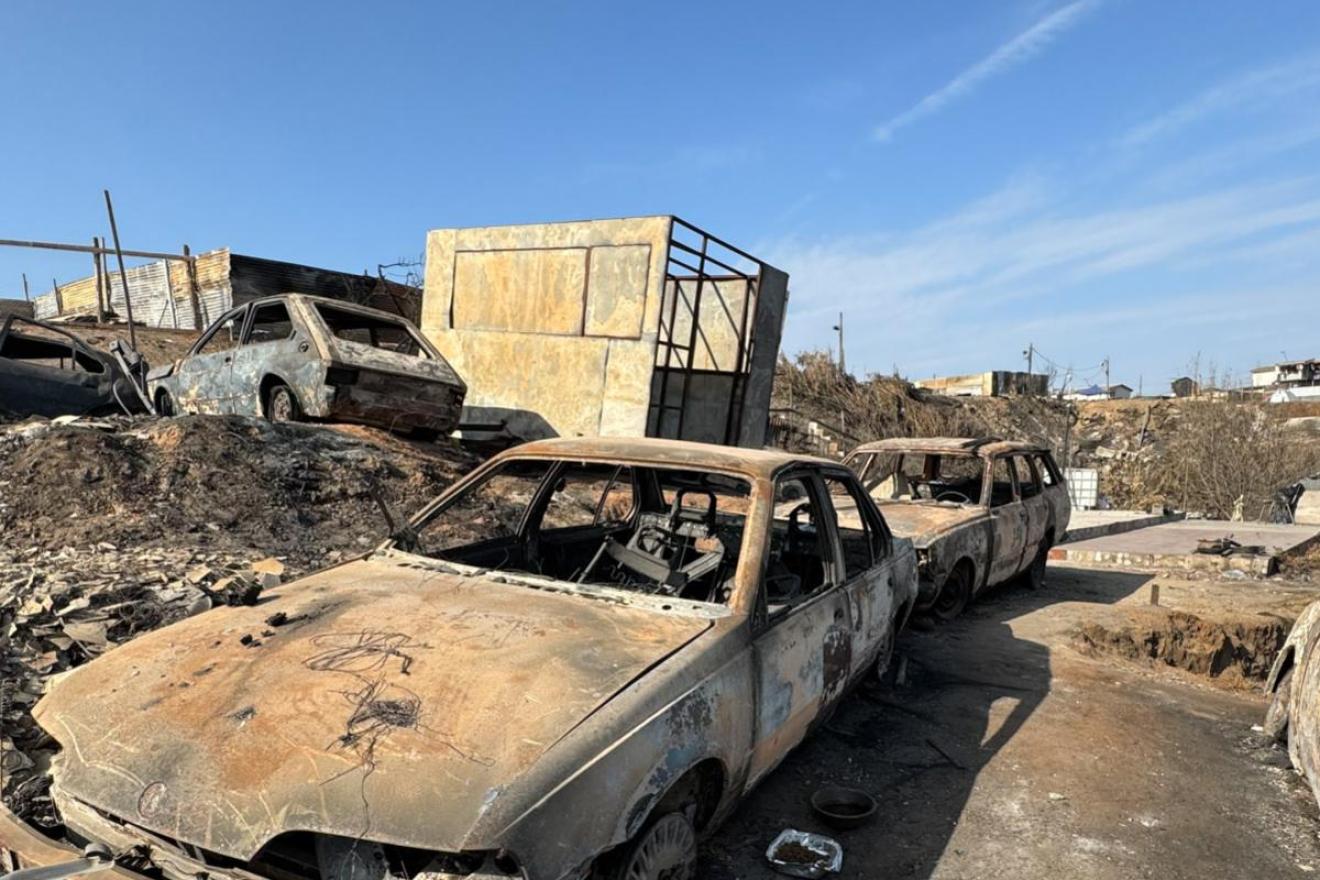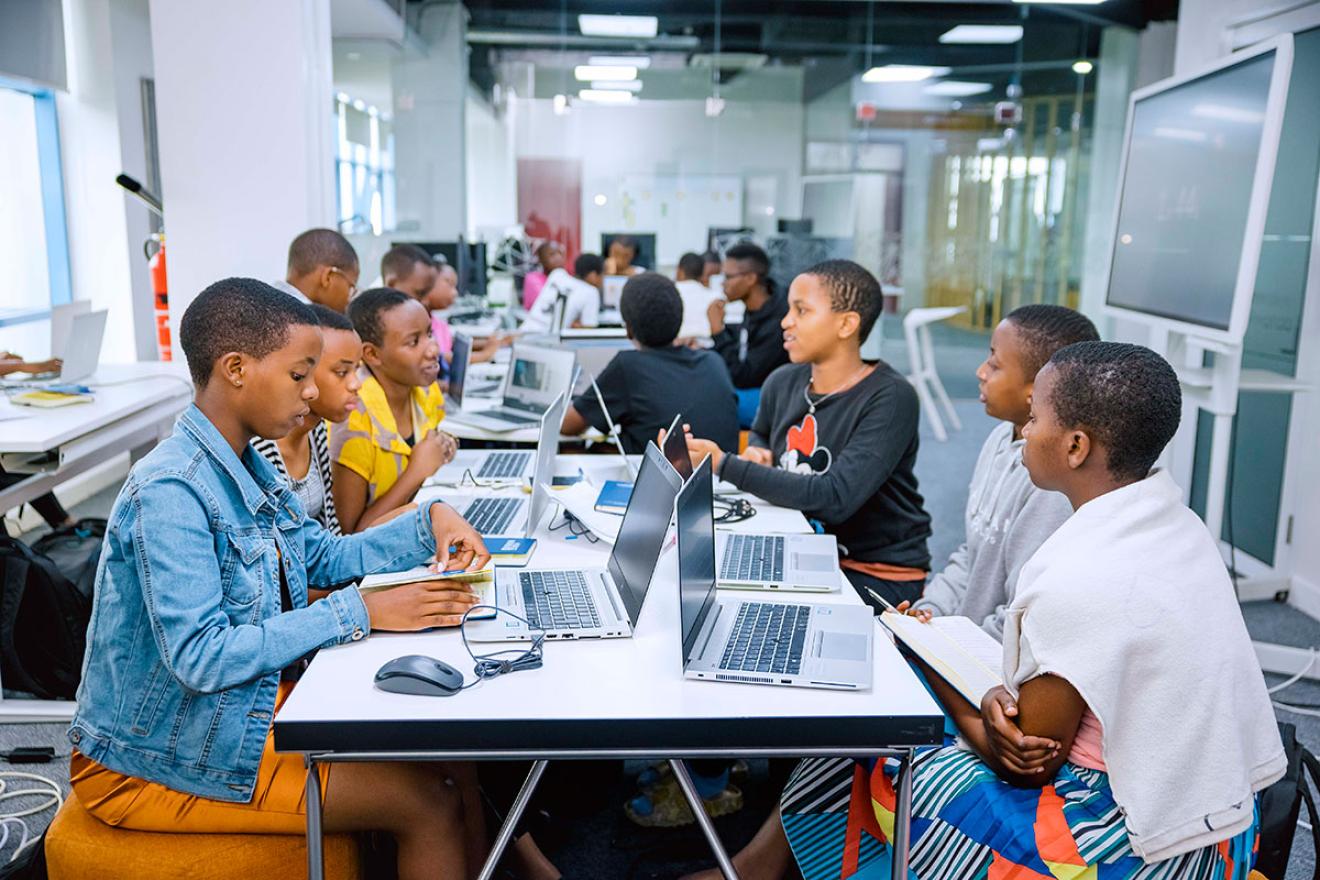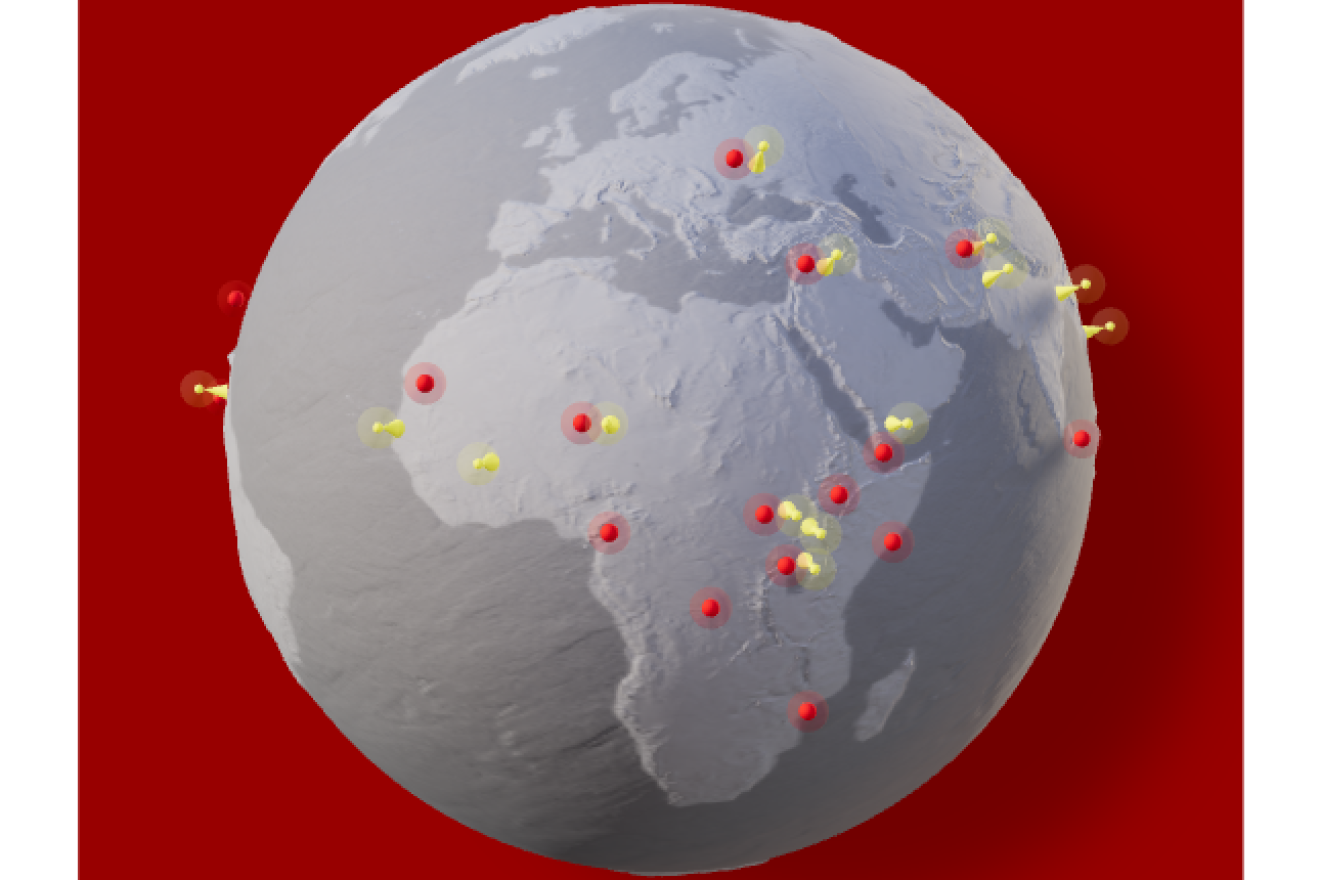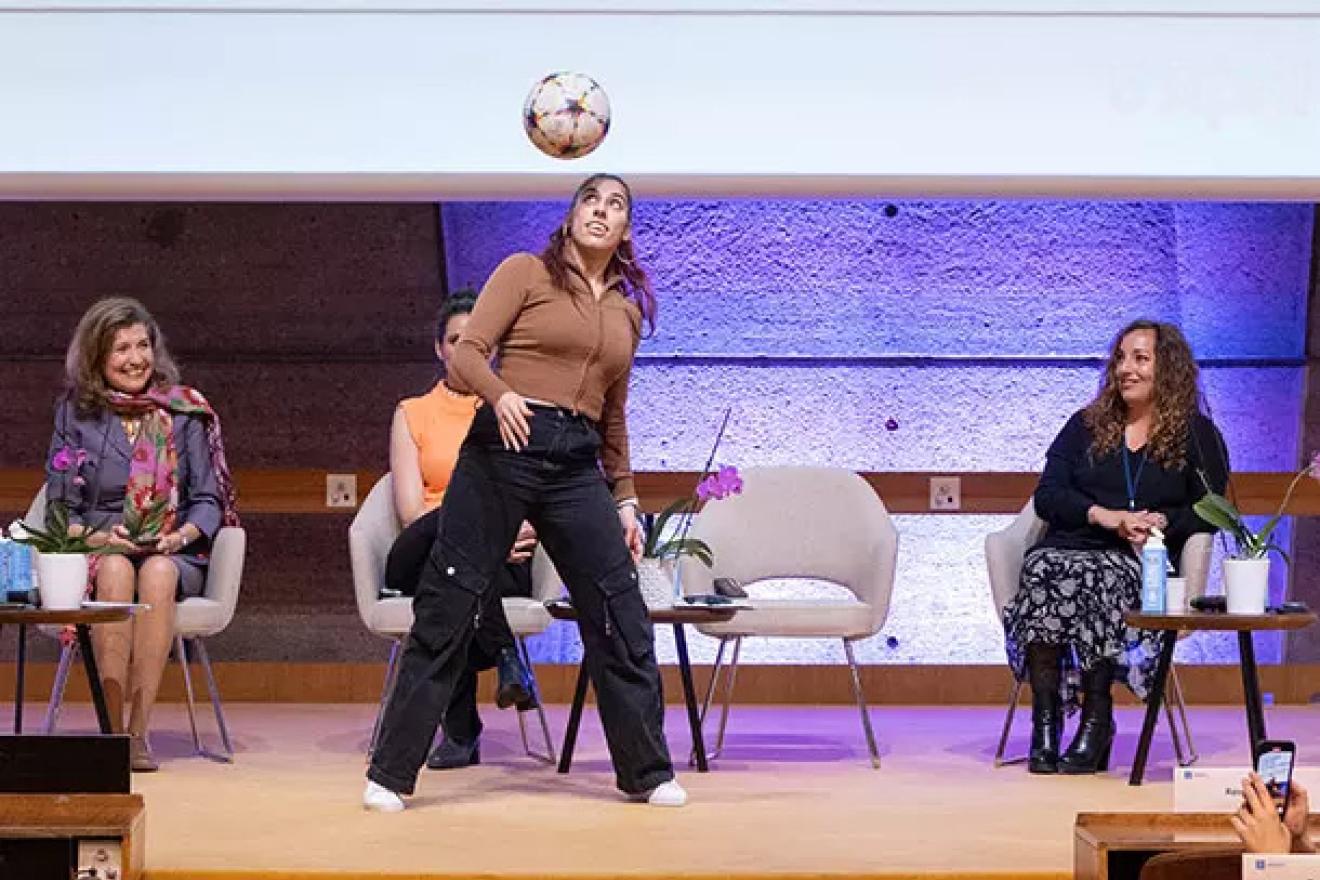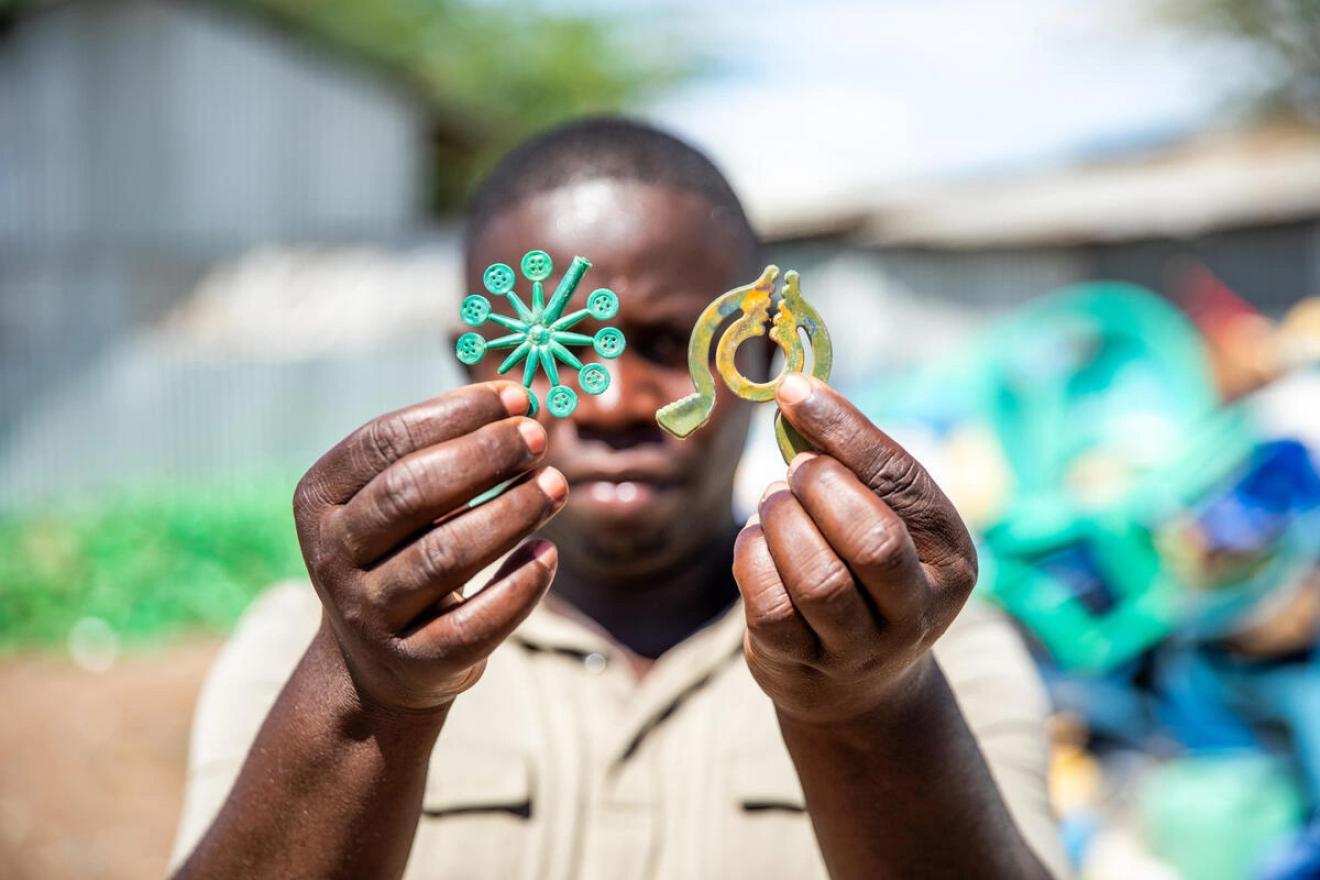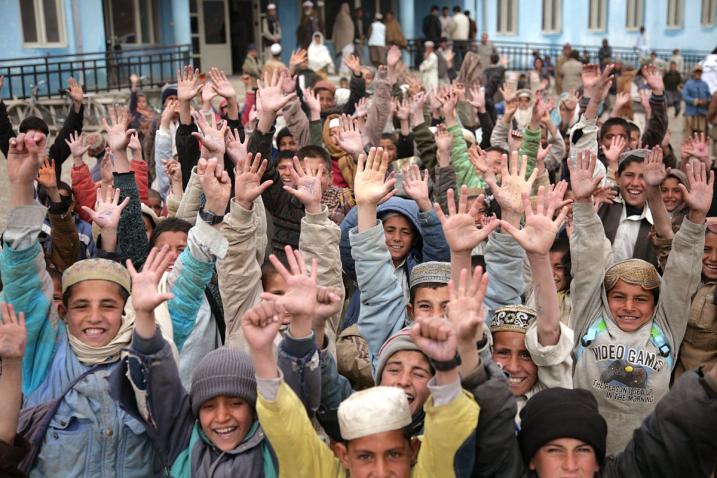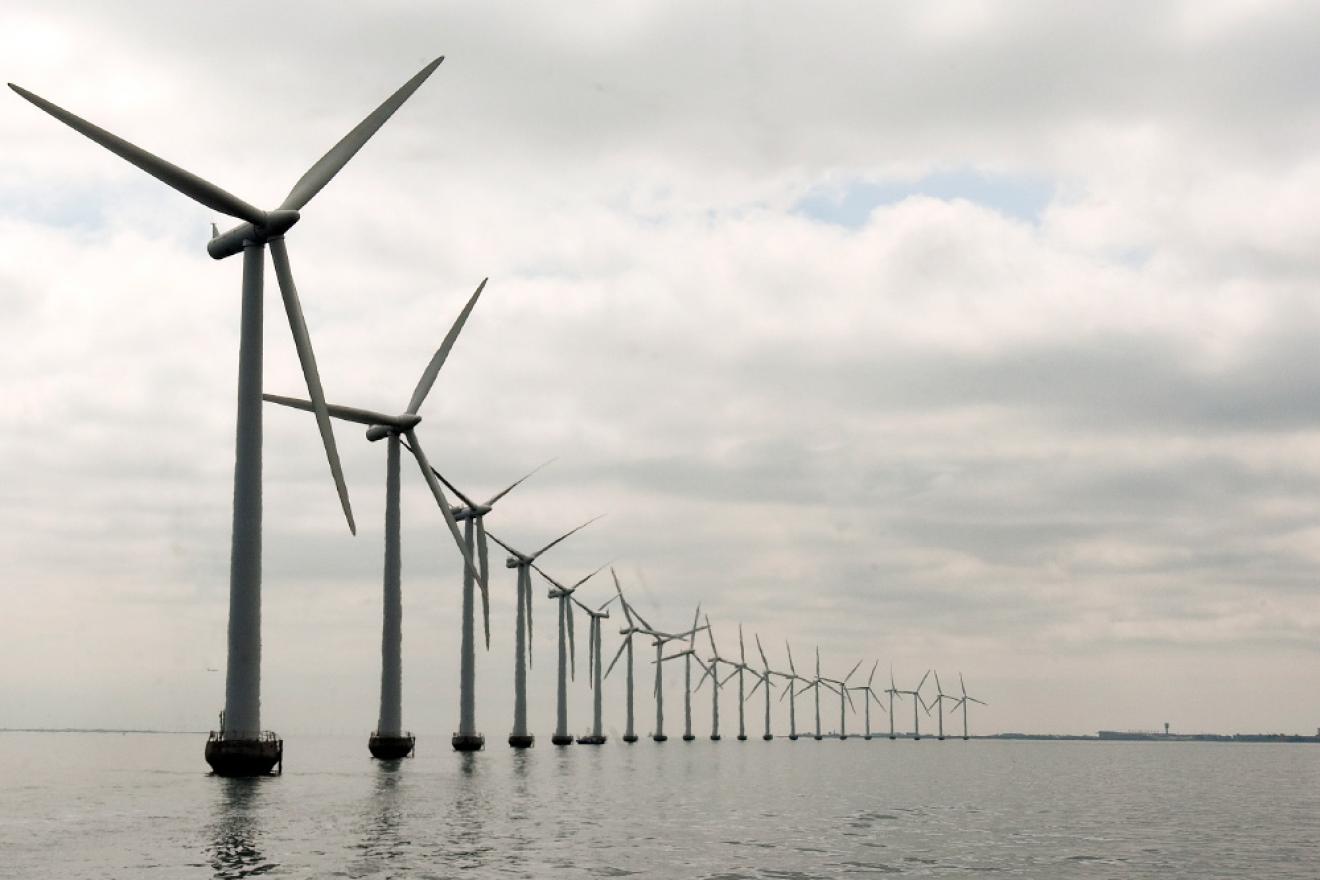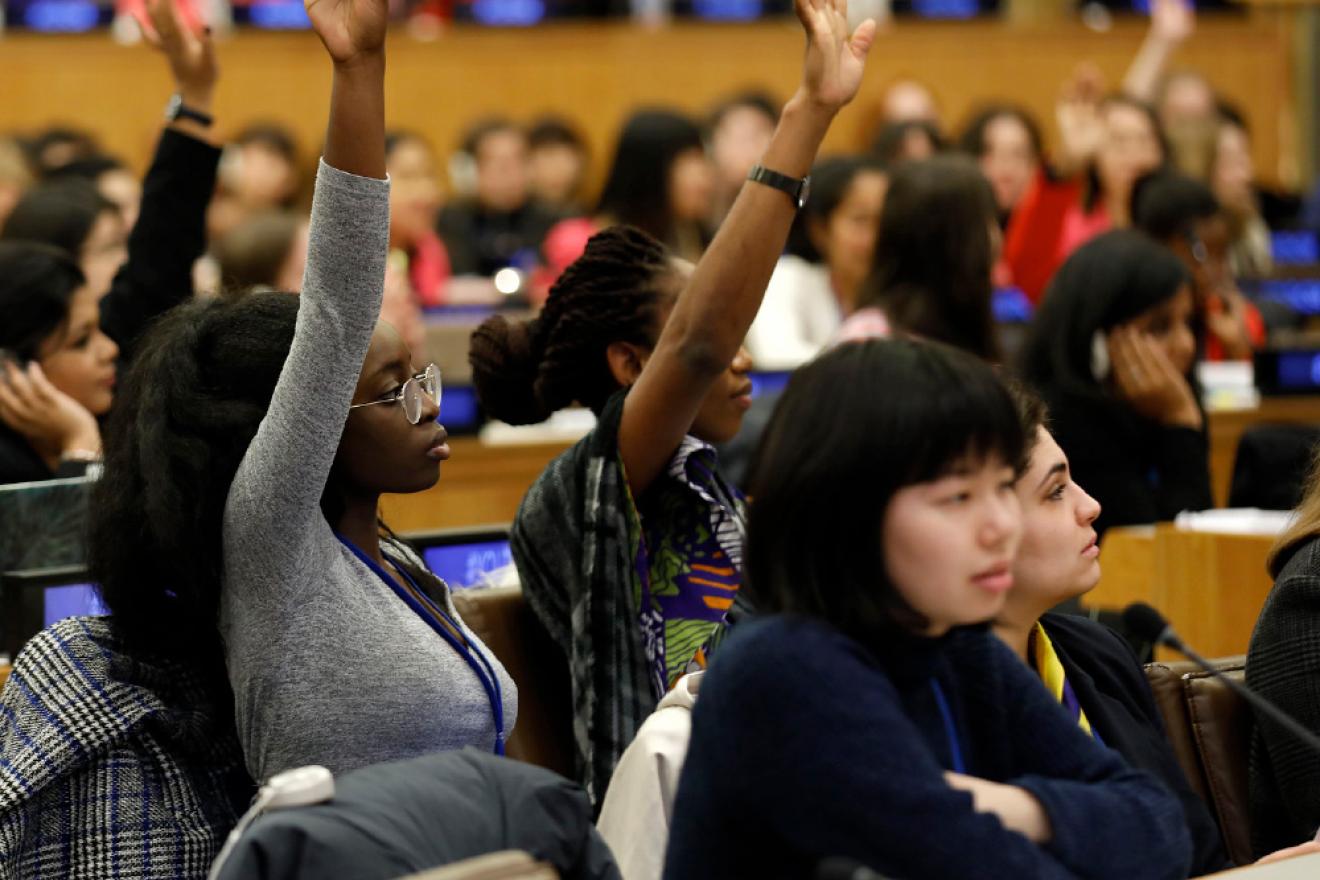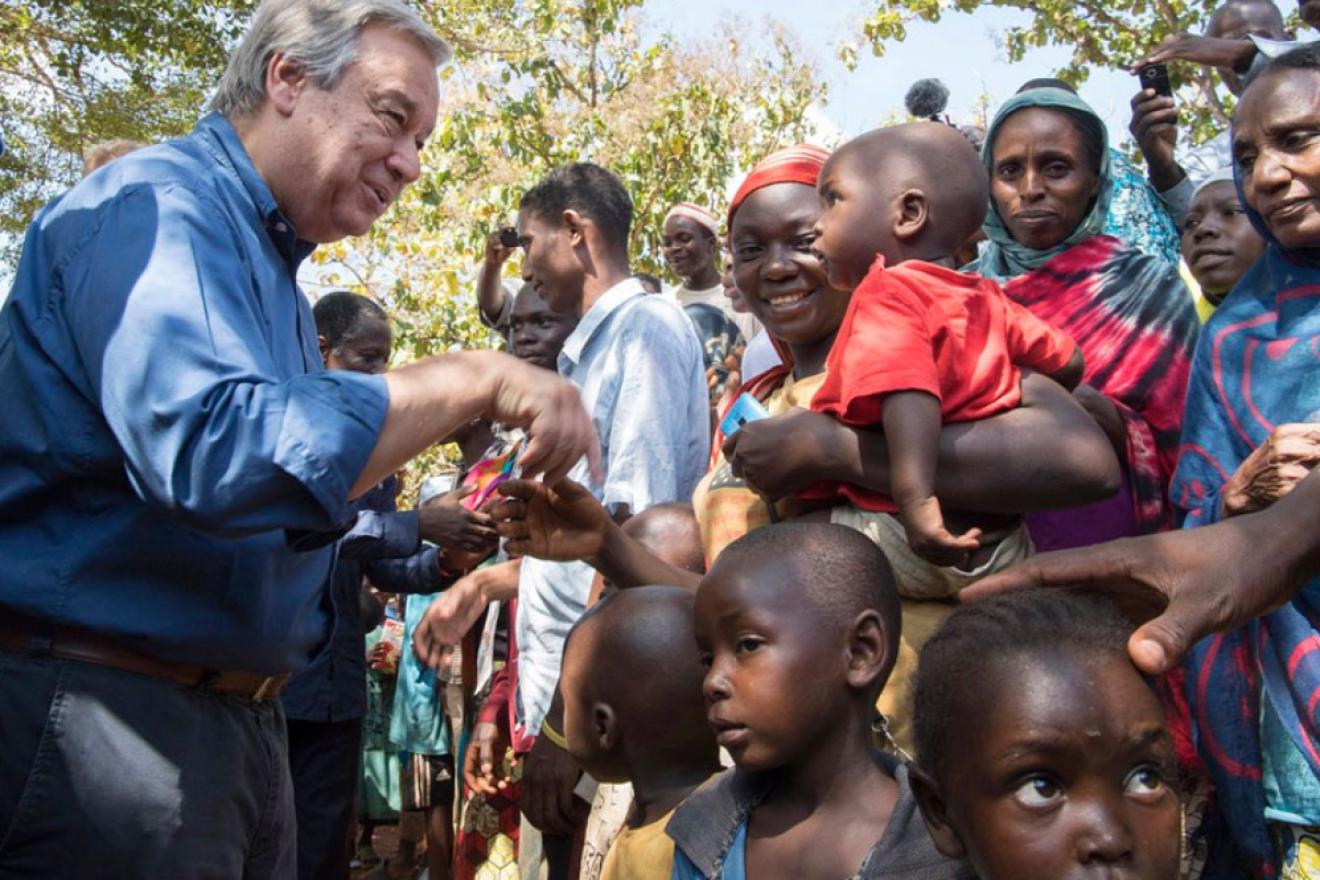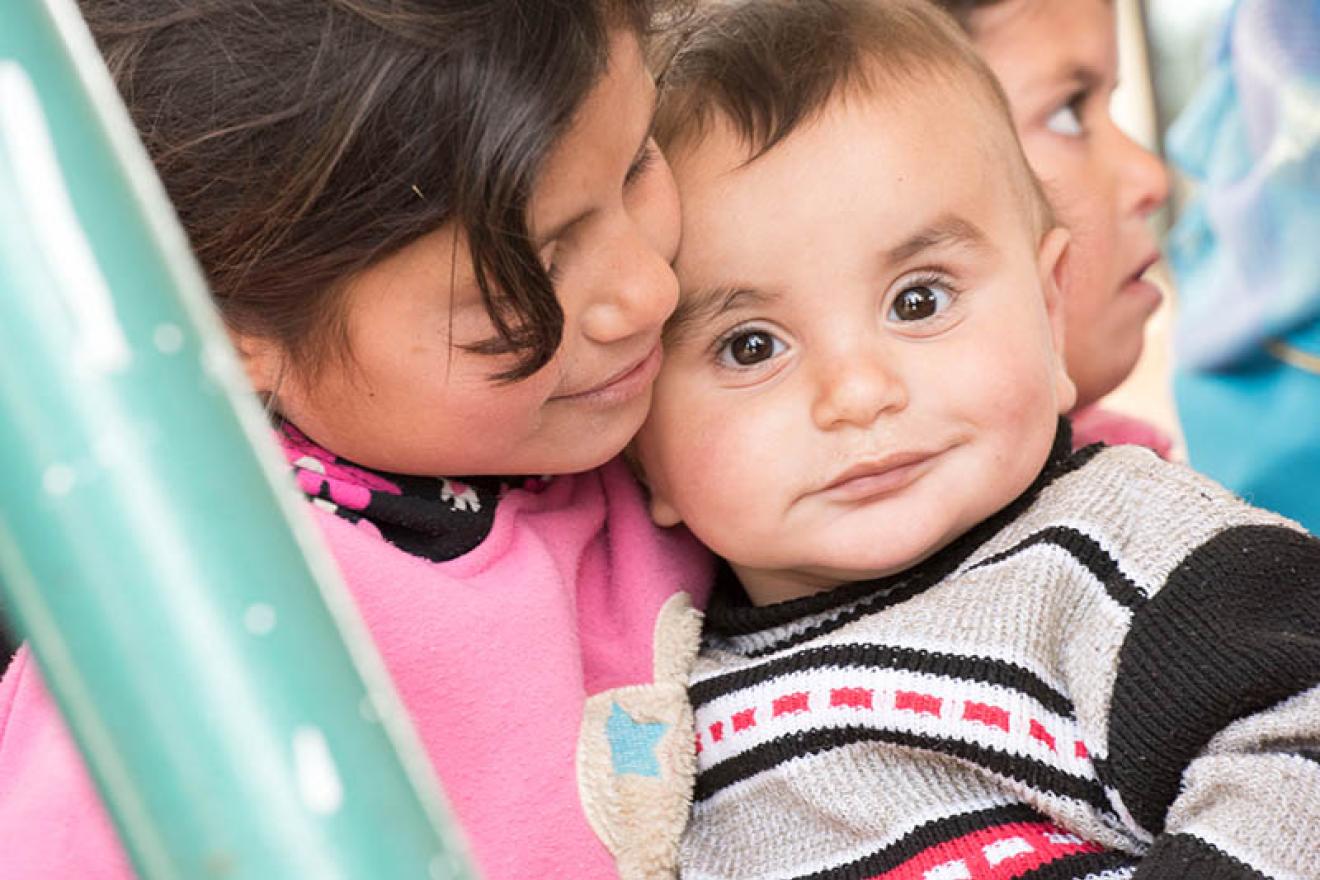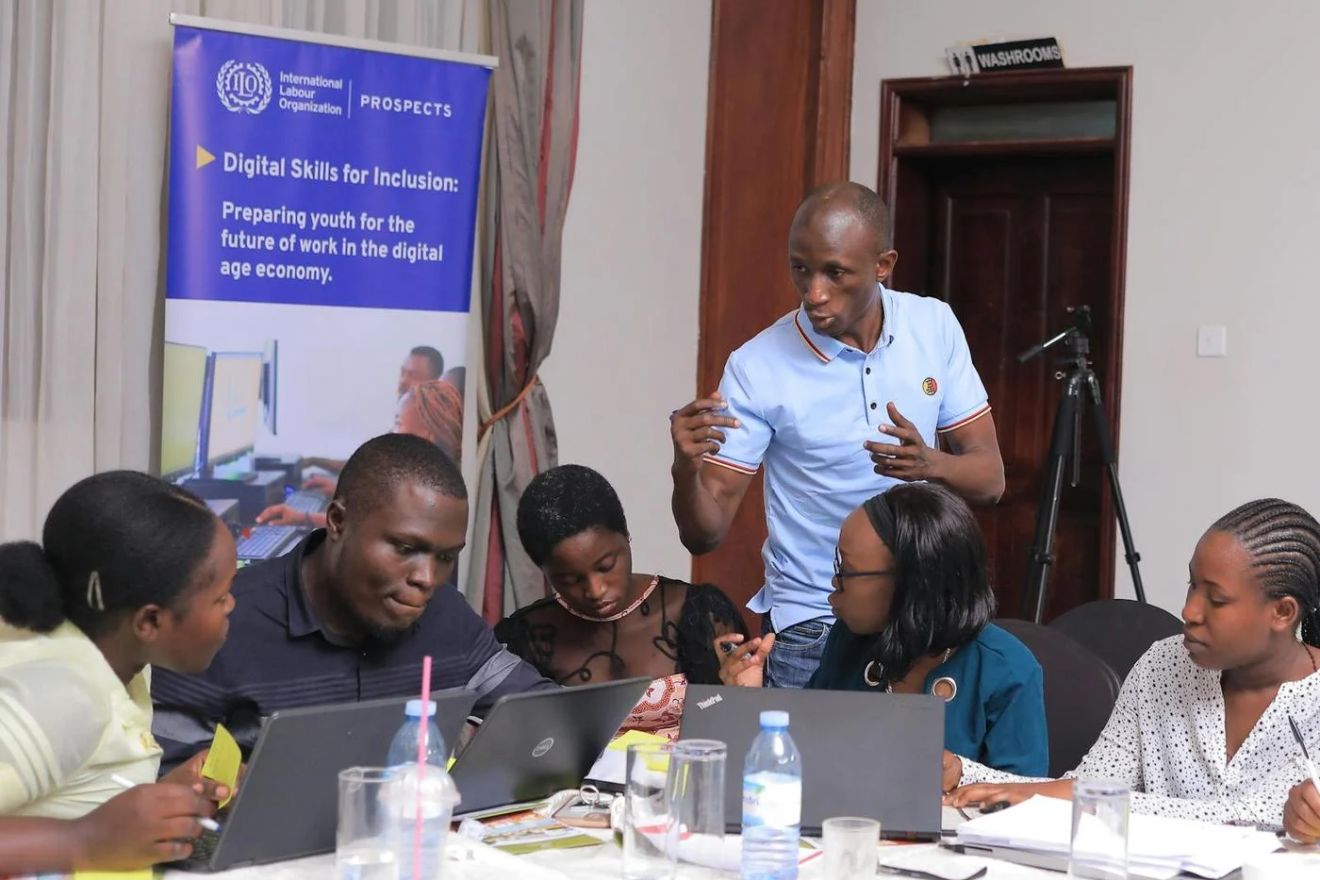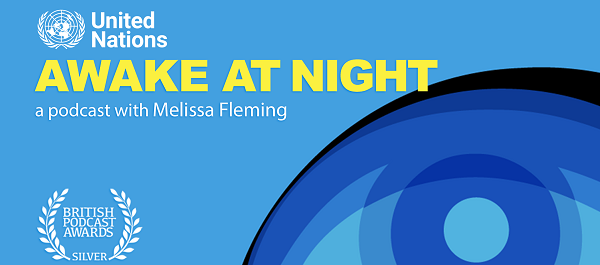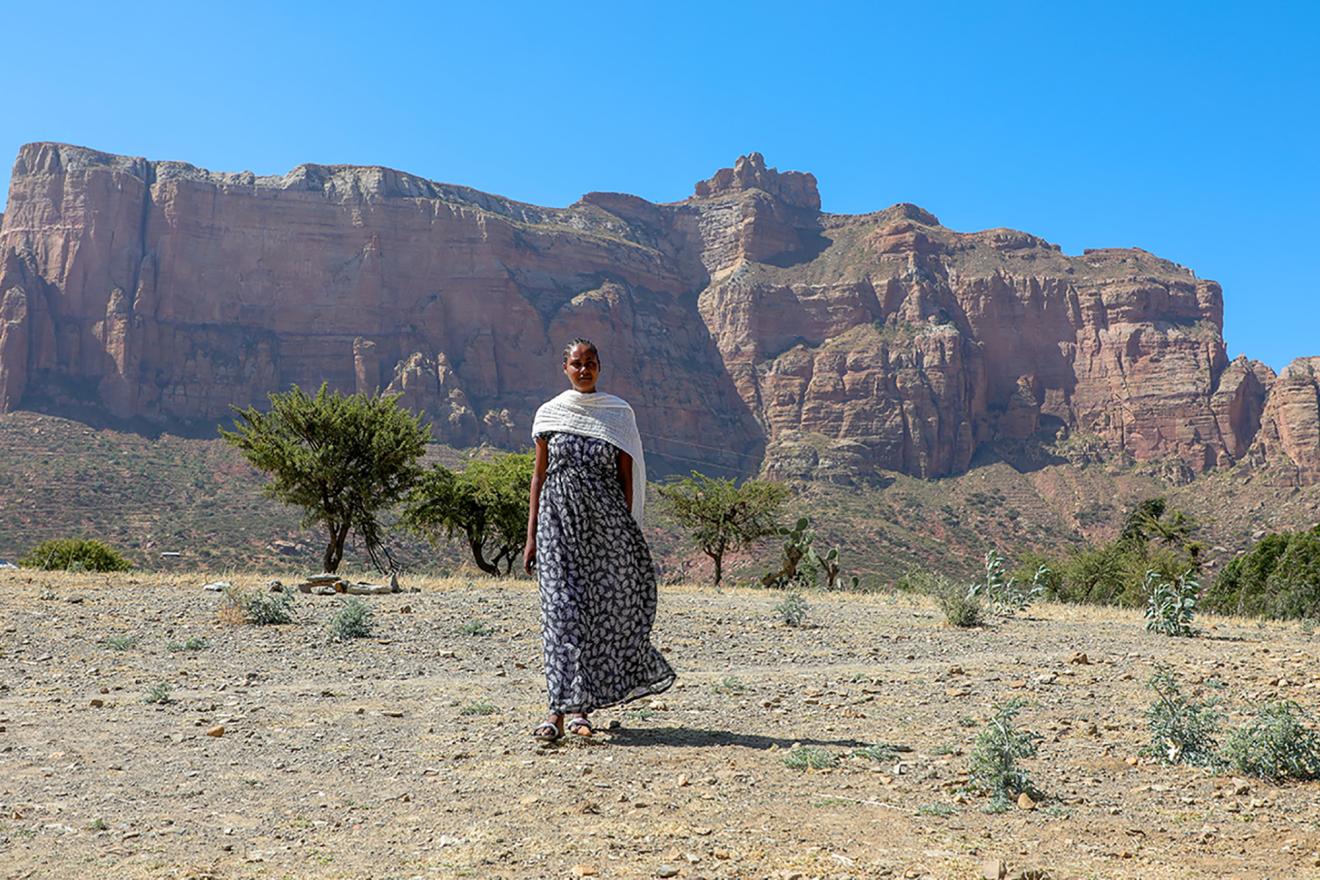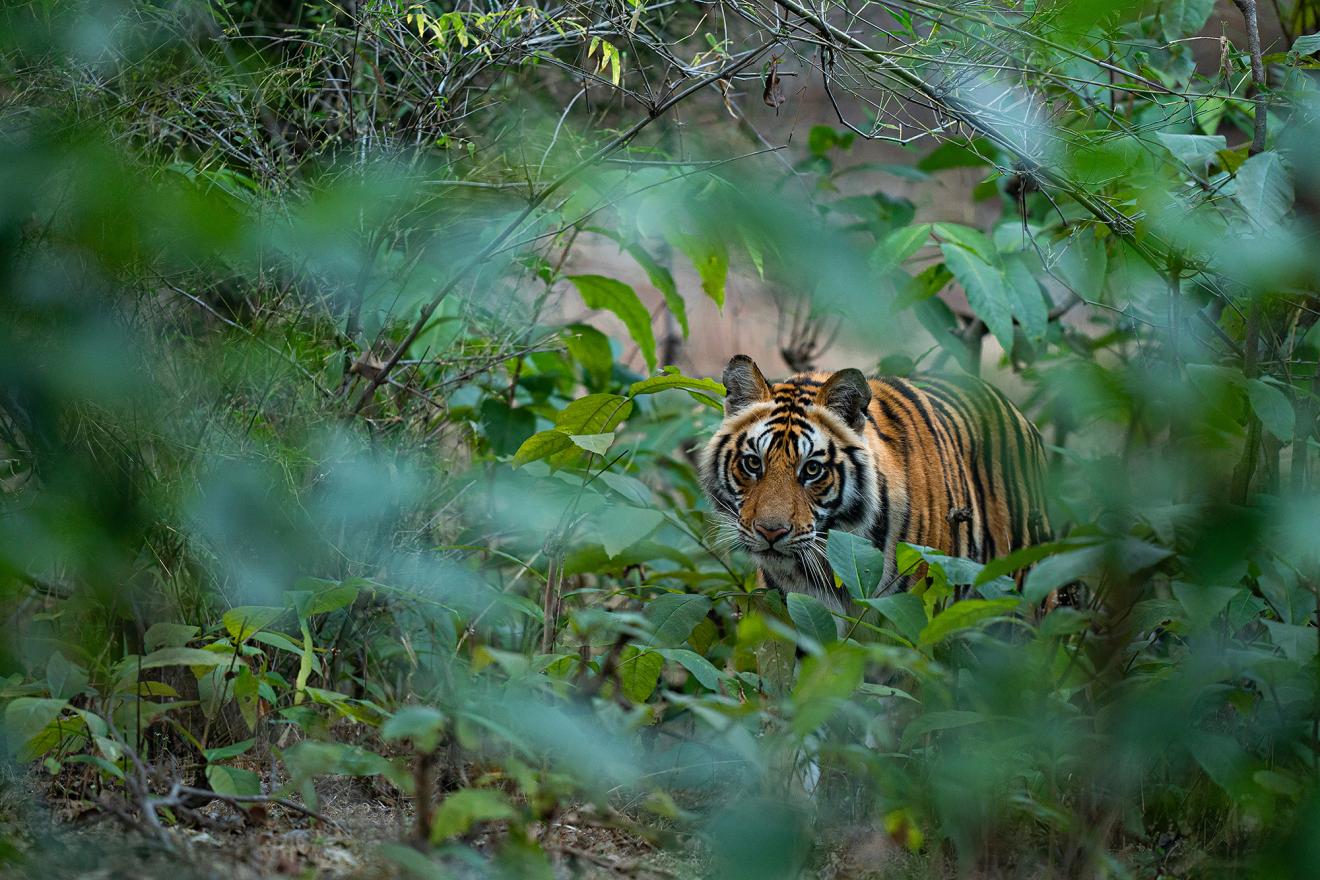Learn more about the Sustainable Development Goals! On our student resources page you will find plenty of materials for young people and adults alike. Share with your family and friends to help achieve a better world for all.
Championing Leadership for Women and Girls in ICT
Despite women now constituting 40% of high-skill occupations worldwide, their involvement in ICT-related fields remains disproportionately low. This year's International Girls in ICT Day celebrations emphasize the crucial necessity for influential female role models in science, technology, engineering, and mathematics (STEM) careers. The 2024 event, under the theme of "Leadership," highlights the importance of exposing girls and young women to leadership roles in STEM, aiming to inspire them and dismantle barriers that impede their advancement. Let's support #GirlsinICTday!

Gaza: Heatwave brings new misery and disease risk to Rafah
25 April 2024 — Unexpected blistering temperatures across Gaza have added to the daily misery faced by the enclave’s people and sparked new fears of disease outbreaks amid a lack of sufficient...
Recovery in Gaza ‘is not only physical’, UN Senior Humanitarian and Reconstruction Coordinator says
25 April 2024 — The international community has a duty and responsibility to work towards early recovery in Gaza, but “we cannot ask citizens to wait”, the UN official tasked with coordinating aid...
UN Senior Humanitarian and Reconstruction Coordinator, Sigrid Kaag, visiting the Nasser Medical complex in Khan Younis, Gaza.UN Senior Humanitarian and Reconstruction Coordinator, Sigrid Kaag, visiting the Nasser Medical complex in Khan Younis, Gaza.Russia vetoes Security Council draft resolution on a weapon-free outer space
24 April 2024 — Russia used its veto to quash a draft resolution aimed at keeping weapons out of outer space.




